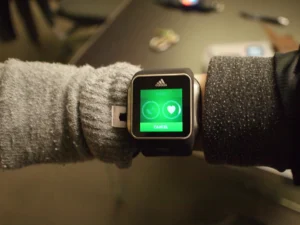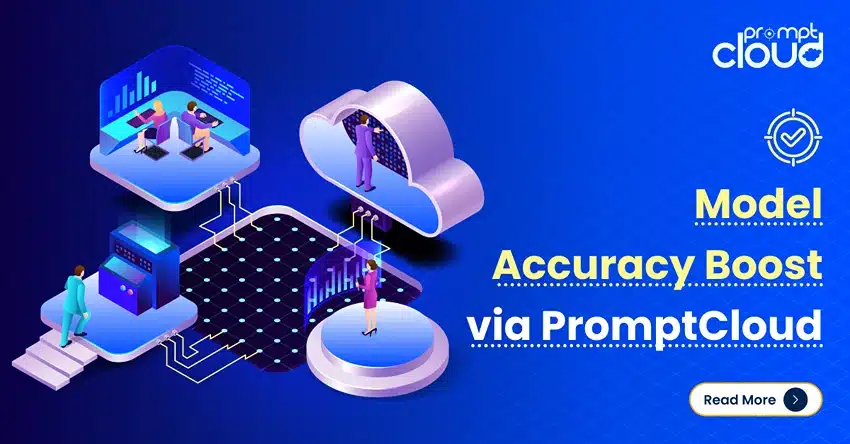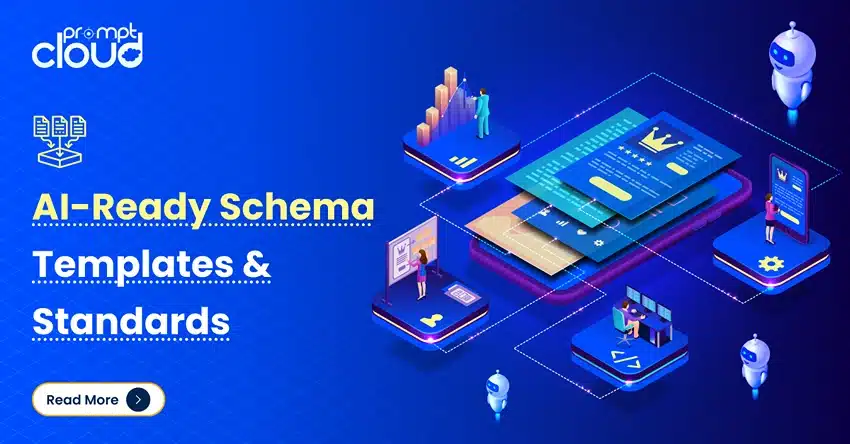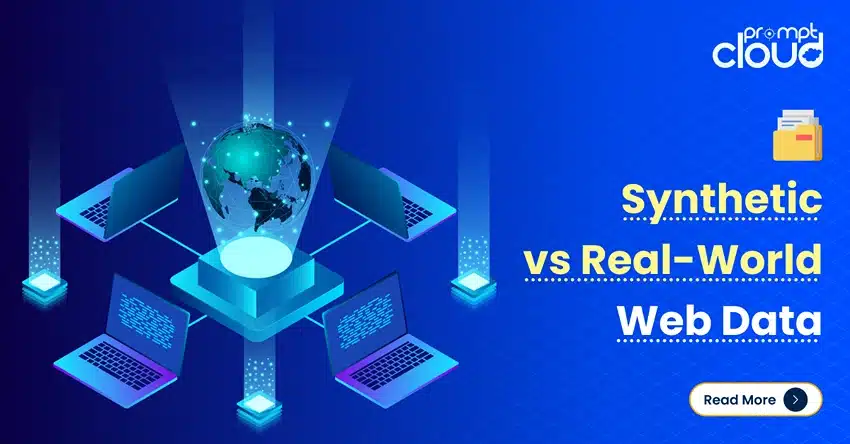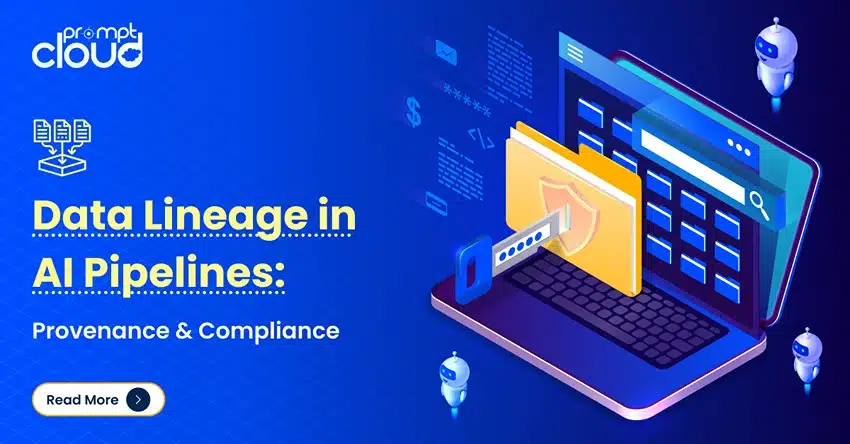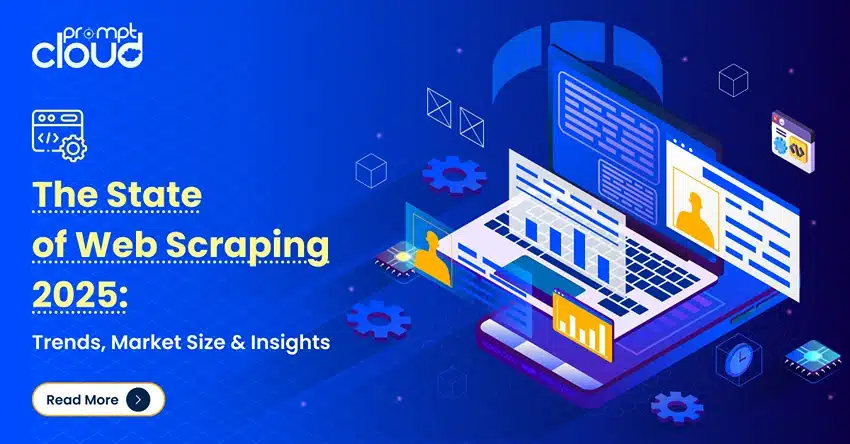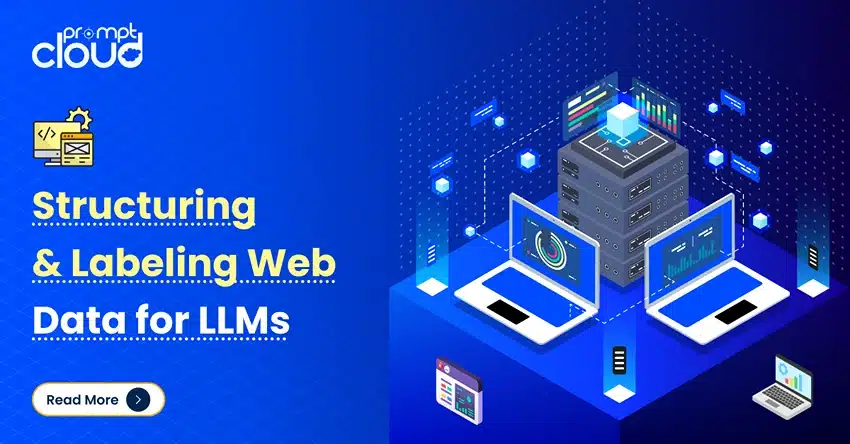Frontier Tech
Wearable tech is the integration of digital tools in lifestyles to improve health. Collecting personal data is the next frontier of data science. This data has tremendous impact on not just individuals but workplace, communities and culture at large.
How much sleep are we getting? How often do we exercise? What habits do blood pressure patients follow? Questions like these about personal and social health which are most likely to be answered via wearable tech. These devices are designed to provide and collect information in a more natural, less obtrusive way.
Nonetheless, this is quantification of an individual by weight, miles, calories, footsteps etc. This personal type of common data comes from fitness and health-related devices. Wristbands that tracks heart rate while cycling; Fitbit that tracks how much we walk and why we should take the stairs more are all examples of wearable tech. Over and above, there are numerous apps to track mood, sleep habits and even diet. Add to that sensors worn or carried that record every move, every muscle, and behavior.
Wearable tech such as Samsung’s Galaxy Gear, the Sony SmartWatch 2, Nike’s Fuelband, the Fitbit and of course, Google Glass carry not just data mining capability but also power lifestyles.
So how is collecting this data going to help?
Game, Set, Match
Quite literally, the match of big data and wearable tech is heavenly – cloud. Moore’s Law has implied itself ever since data collection from razor-thin devices strapped to our bodies began. Cloud plays an integral role here: storing, computing and eventually beaming the relevant information from the smallest of devices. In fact, cloud can also aid in analysis of this data.
This analysis can help in creating user experiences that are valuable. Businesses will look to this data precisely because it is powerful in its micro attributes. Designing products based on such data collected is a valuable action based on insight. In fact, with the growing popularity of wearable tech, Credit Suisse estimates the entire wearable tech market to be worth $50bn by 2018.
NEW BIG DATA PARADIGM
Healthcare research and development has relied on big data to advance medical science and create better diagnostics and drugs. Big data wearables capitalize on two huge trends: big data and wearable technology.
Intel has already begun integrating wearable technology and big data applications. With its tie-up with the Michael J. Fox Foundation for Parkinson’s Research, Intel is combining an upcoming mobile app, new wearable devices, and a data analytics platform to take advantage of monitoring techniques unique to data technology.1
Big data analytics, data science, and wearable computing is predicted to help better analyze patient data collected objectively with potential life-changing implications for drug development, diagnosis, and treatment. Powered by the cloud, wearable technology will help gather and transmit real-time data, all the time. Joining the minute data points via machine-learning and big data analytics will help detect patterns and make new discoveries. In fact, device accuracy will prove invaluable in clinical observations and developing algorithms to measure disease symptom and progression.
The call is for a stronger collaboration between data scientists, medical researchers, and technology developers to create a global, networked computing environment of smart sensors, software, databases, data centers, and devices.




